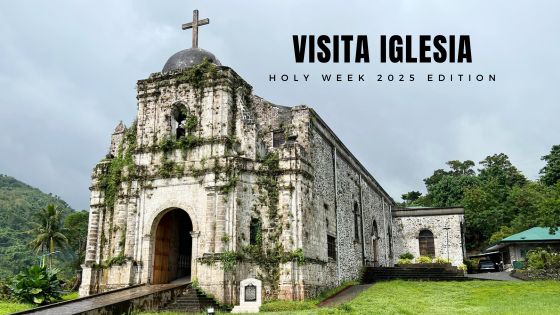Ever wonder why an old structure in Talisay City in Negros Occidental is famous and called as the Taj Mahal of the Philippines? Aside from its very interesting framework, The Ruins in Talisay City, Negros Occidental is being compared to the landmark in Agra, India since the story behind why the mansion was built is similar to that of Taj Mahal.
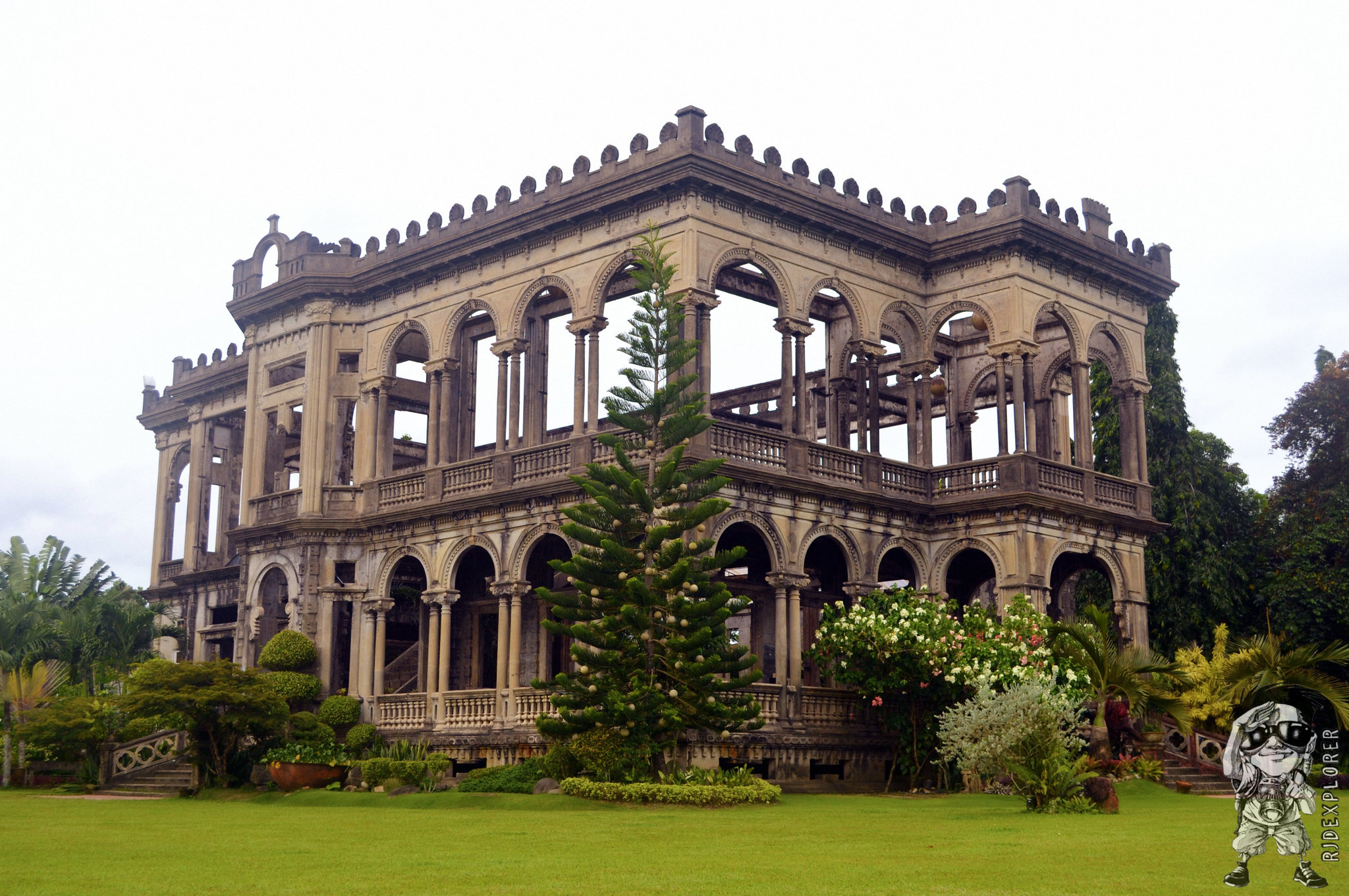
The Ruins was a mansion of then Don Mariano Ledesma Lacson, a sugar baron married to Maria Braga. Just like the story of Taj Mahal, the house was built sometime in 1920 by Mariano in loving memory of his deceased wife Maria. It can be seen on the foundations of the house wherein two letter E’s facing each other which were actually flipped “M”, the initials of the couple.
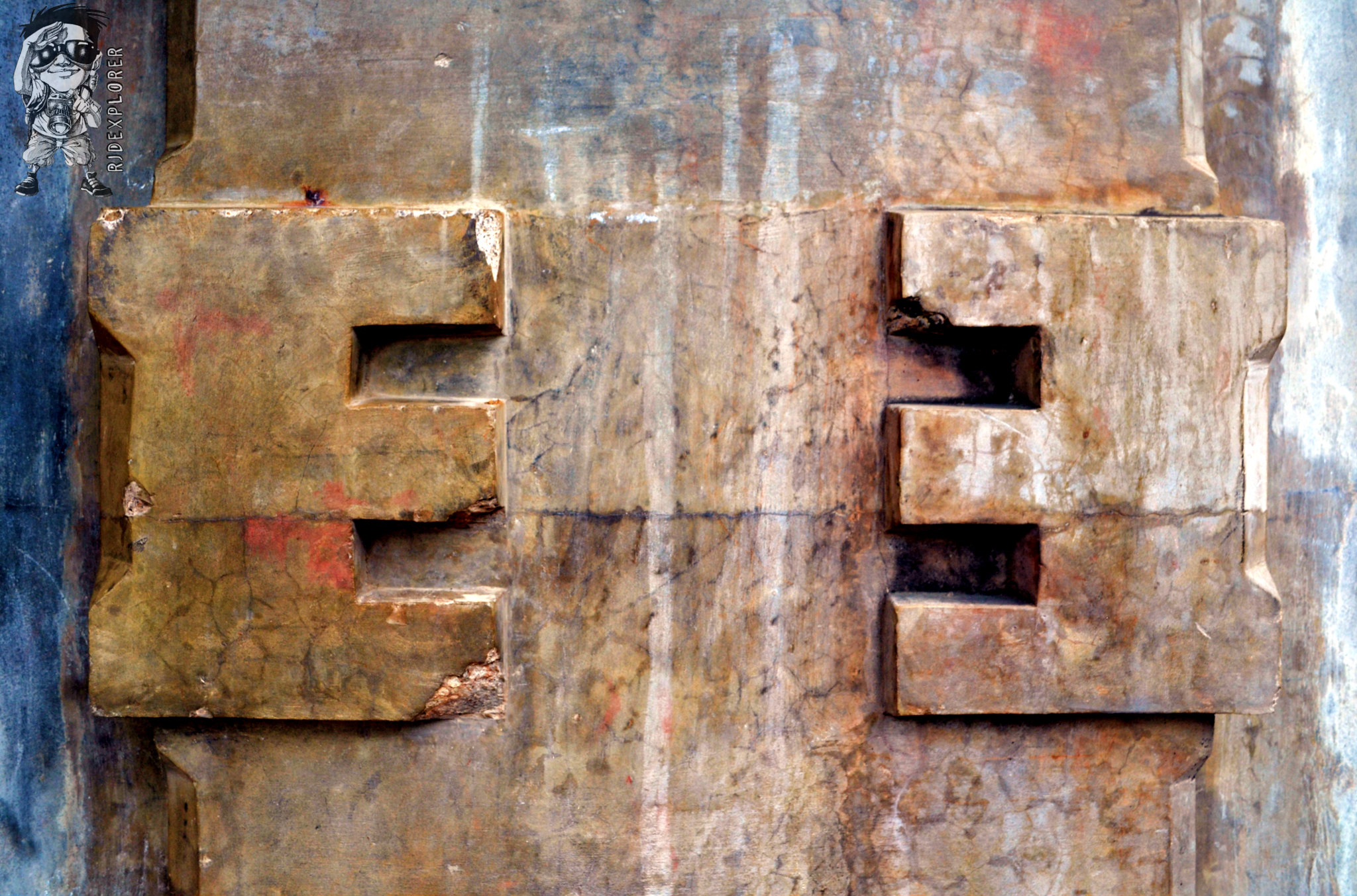
I was astonished as I glimpsed at the superb mansion from the road. After paying an entrance fee of Php60 (for adults), I proceeded in front of the façade of the mansion and spent a minute just staring at it. It was outstanding!
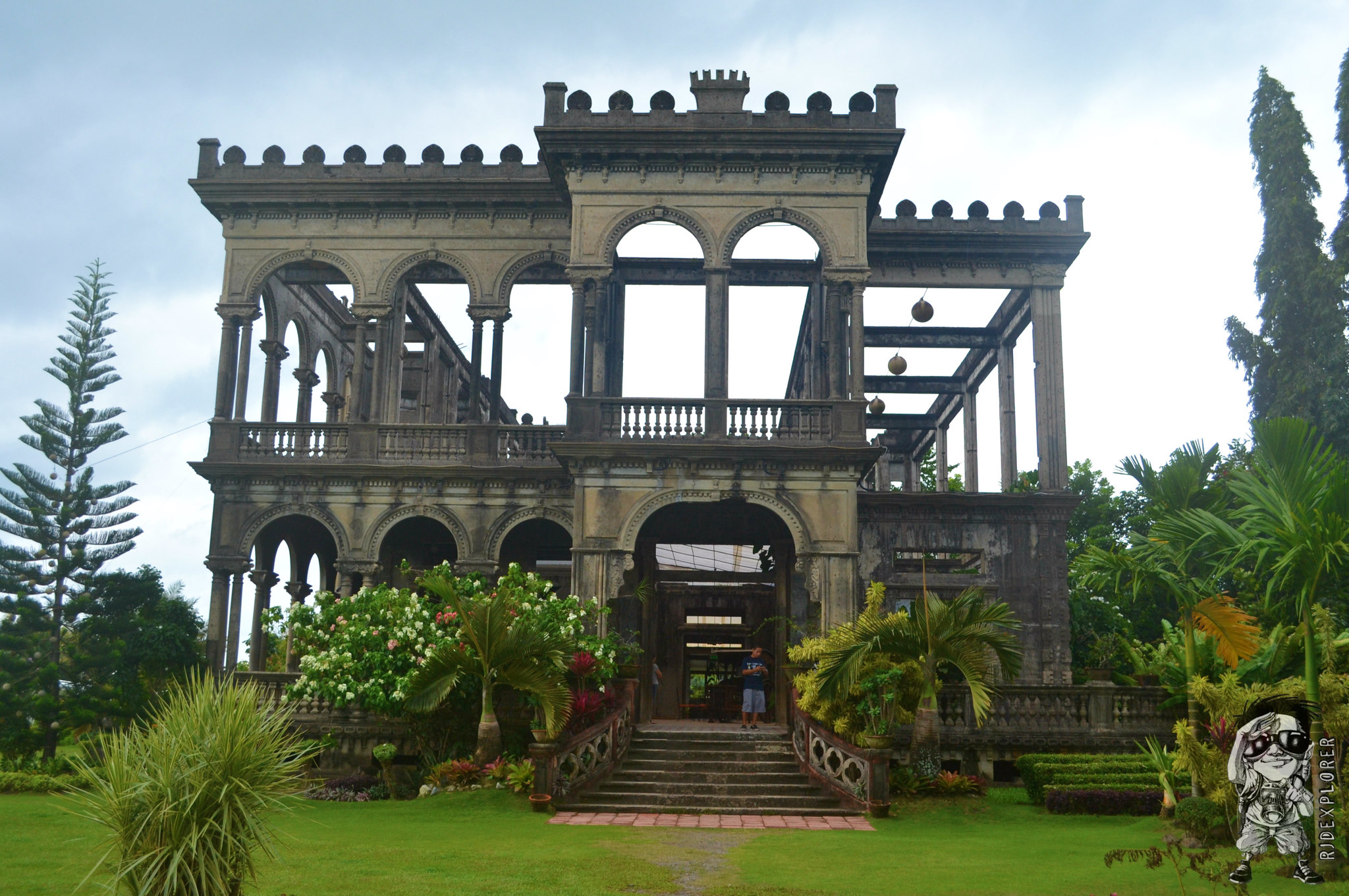
Mariano Ledesma Lacson was the youngest of the 8 children of Lucio Lacson and Clara Ledesma from Molo, Iloilo. He was married to Maria Braga, a Portuguese from Macau and they had 10 children including the former governor of Negros Occidental, Rafael Lacson.
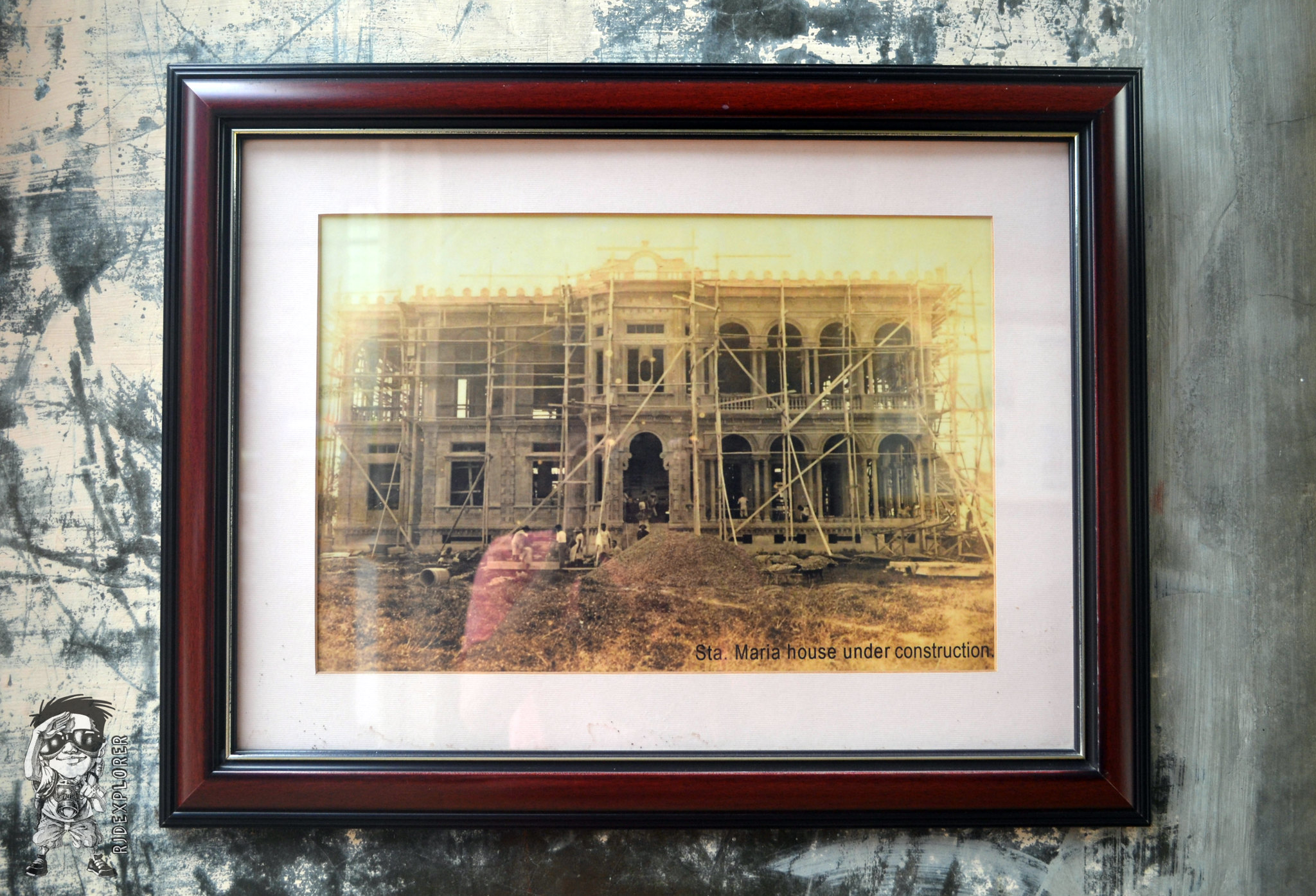
Felipe, one of the sons, supervised the construction of the mansion ensuring that the A-grade mixture of concrete and its pouring was precisely followed. The marble-like effect of the high grade concrete can be verified by running your hands to the posts and walls. The entire mansion has a floor area of 900 square meters: 450 upstairs and 450 on the lower ground. It has 10 rooms: 8 rooms for their children, a Master’s bedroom and a family room. Facing the main door, the rooms of the boys were located on the left side and for the girls on same side upstairs. Facing west, the Master’s bedroom and the family room were located upstairs left and right, respectively.
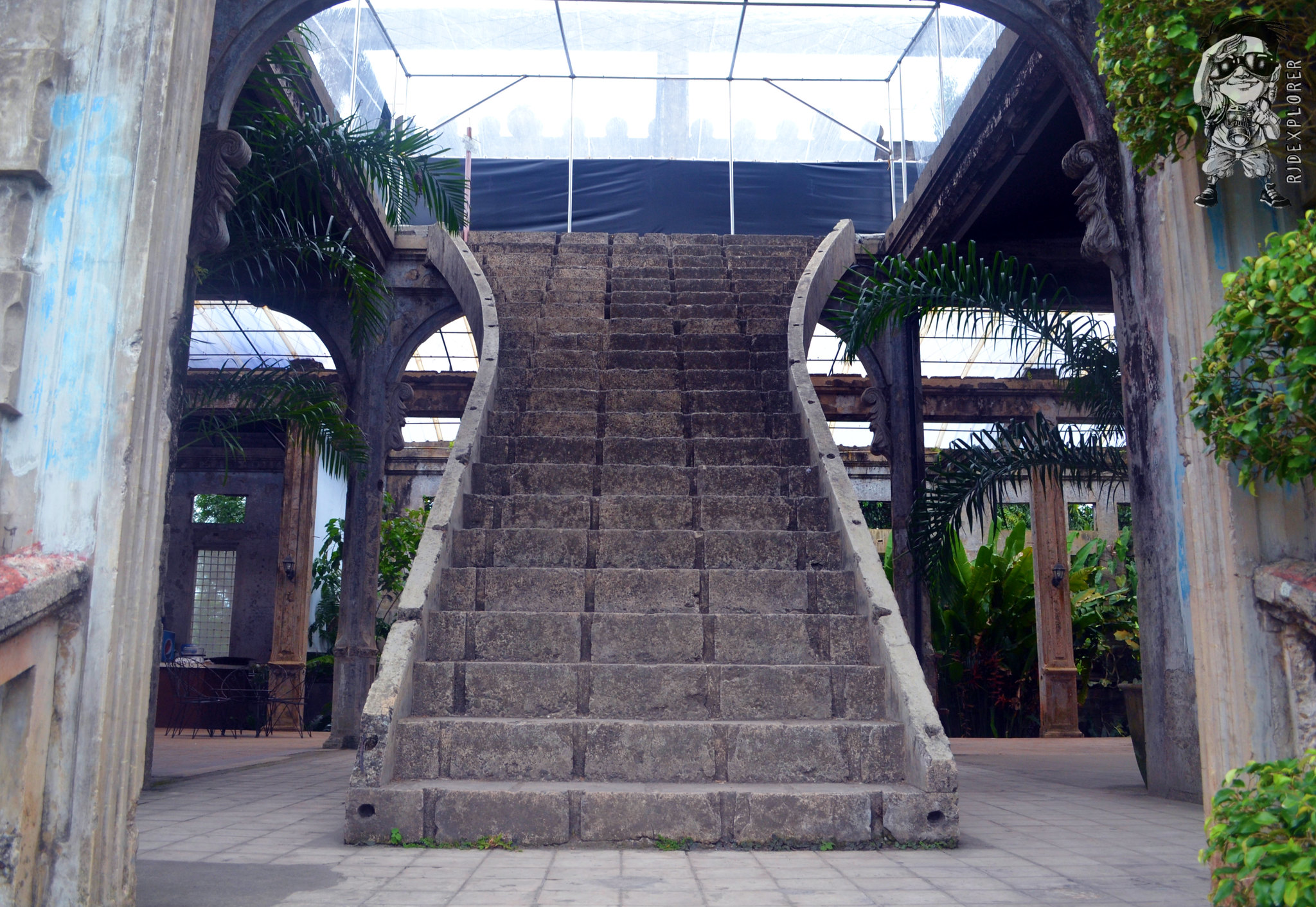
Belvedere, a room located between the Master’s bedroom and family room, affords the family with a beautiful view of the sunset and the coastal waters of Talisay in a glassed-in sunroom with bay windows.
Also common in Spanish houses is a small arched window between the kitchen and the dining area. They put that window to facilitate the movement of foods and to minimize the servants going in and out of the kitchen.
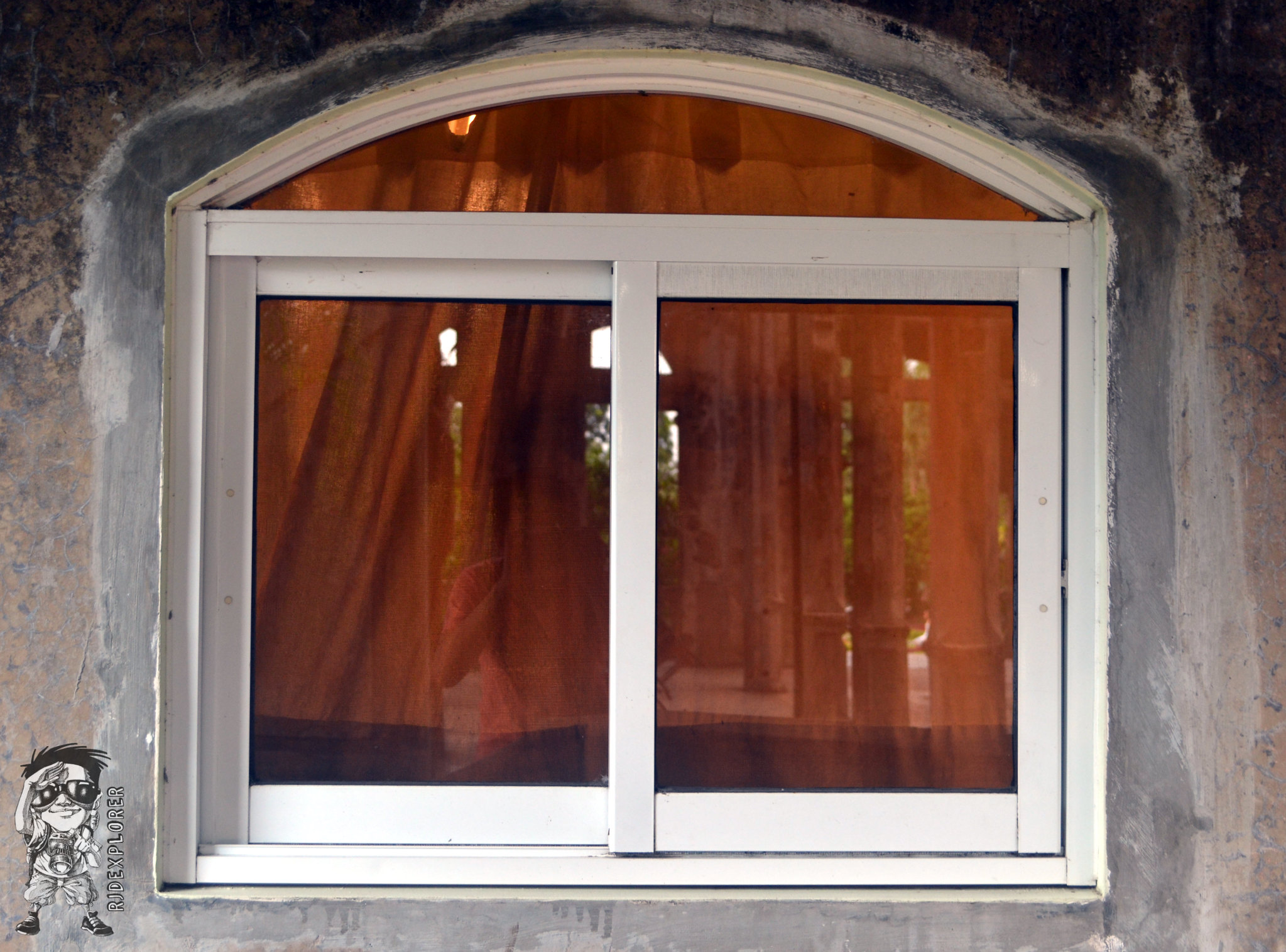
In 1942, during the World War 2, the Japanese soldiers planned to make the mansion as a headquarter but US Armed Forces went to the area first, recruited locals and advised them to burn all houses that may serve as a garrison by the Japanese soldiers. The mansion was intentionally burned with the consent of the family.
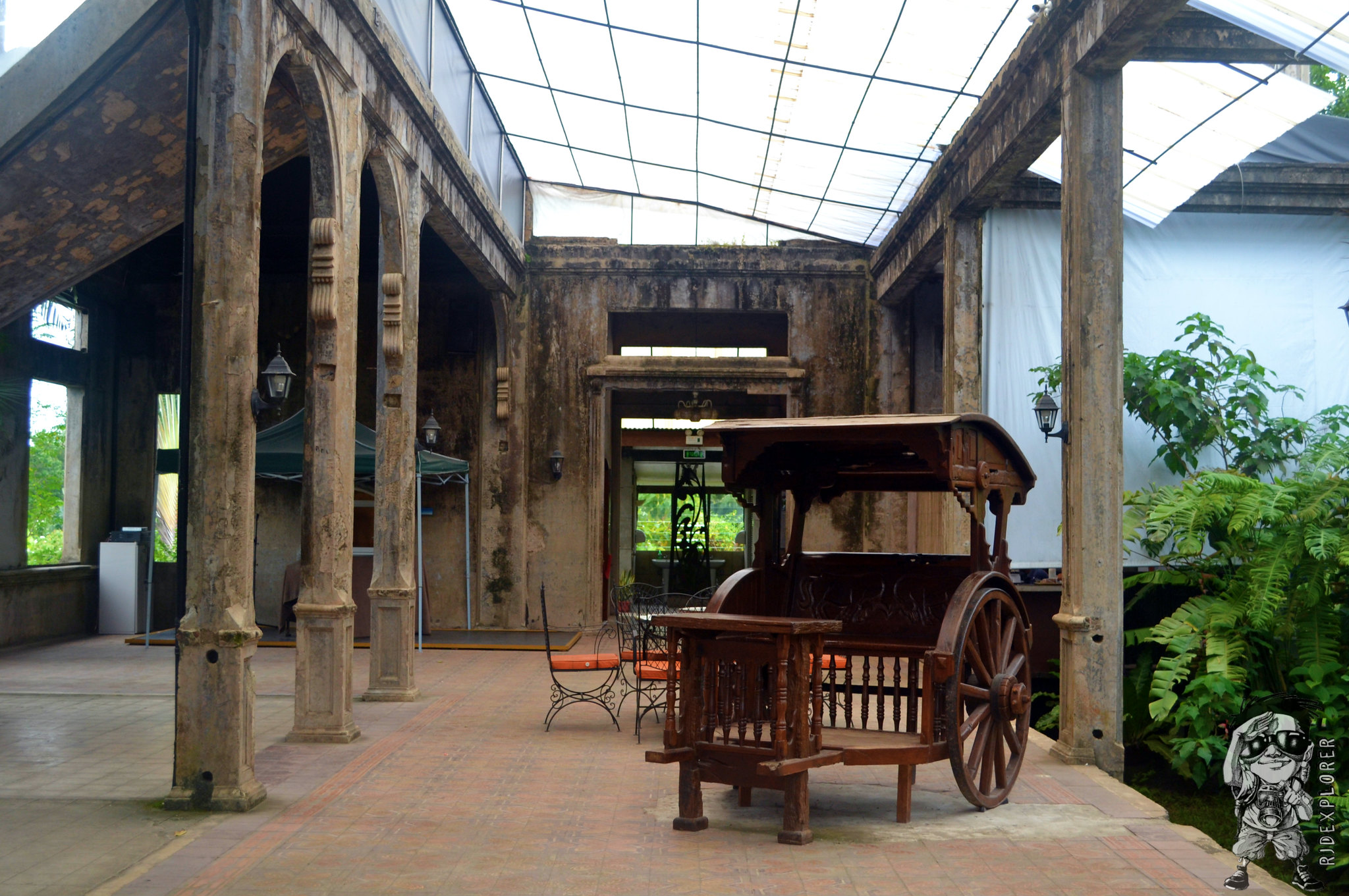
On their first attempt to burn the mansion, they used 3 gallons of gasoline but nothing happened. On the second day, they came back with 2 gallons of gasoline mixed with 4 gallons of used oil. And after 3 nonstop days of burning, the wooden parts of the mansion were burned and it took them that long because of the hardwoods used, long-span 2-inch thick running from the main entrance all the way to the end of the dining room with no joints. They were about a meter wide and approximately 20.5 meters long. All the tiles are still the original from Spain called Machuca tiles, the hardest, famous and most expensive tiles during that time.
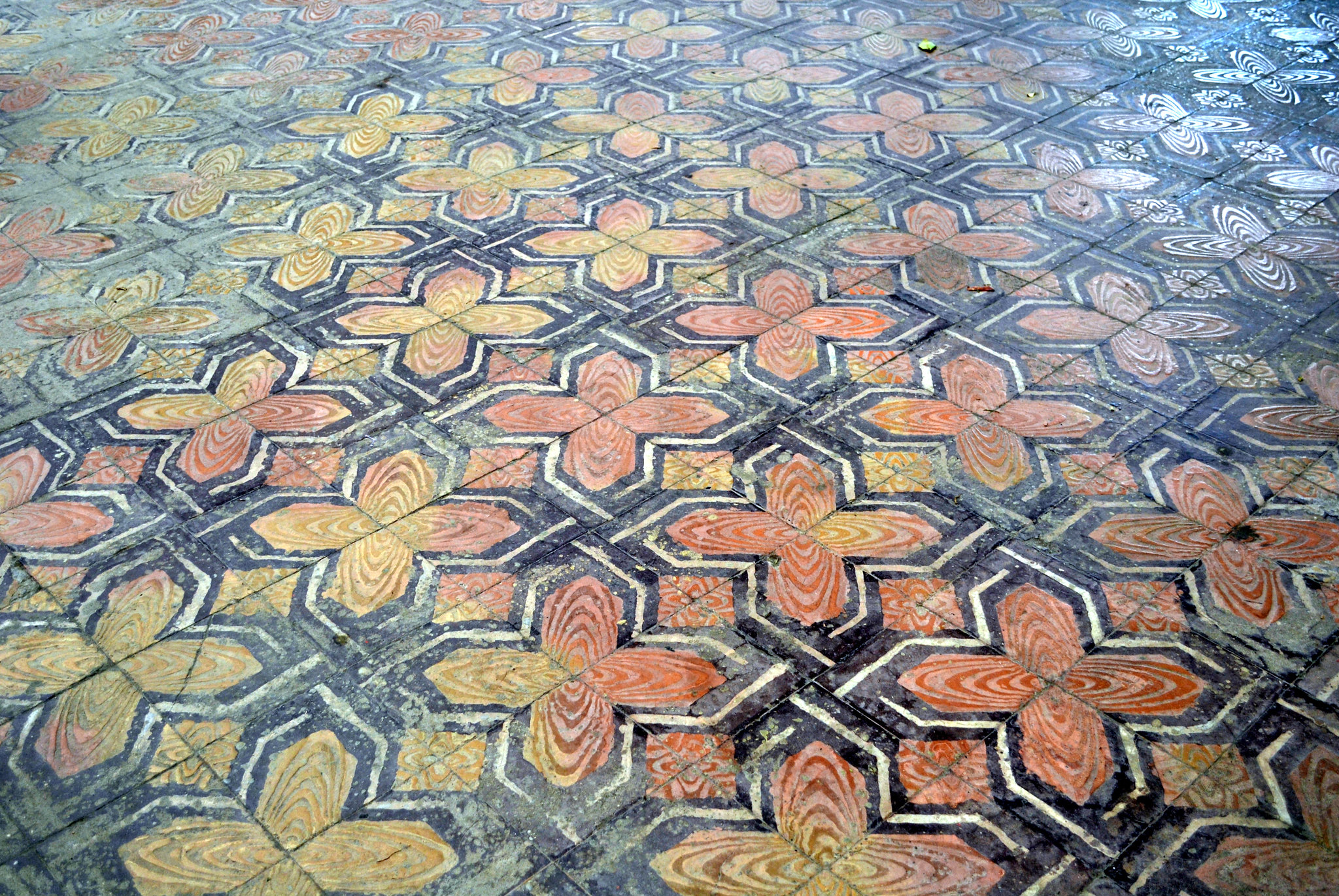
Mariano has a total of 440 hectares of land which was divided into his children. The land where the mansion stood was inherited to Mercedes Lacson who was married to Manuel Javellana from Jaro, Iloilo. They had 12 children and the land was again divided into equal parts. The 3.6 hectares that include the mansion was given to Ramon Javellana and the concept of restoring the mansion and converting it to a tourist spot came from Raymund Javellana, one of his children. The mansion was abandoned for 67 years and they started to develop it last May 2007 and officially opened to the public January 2008 as a tourist attraction.

In front is a fountain which was originally built along with the mansion. A sugar-mill chimney can also be seen from the house has a tree on top of it. The house was also an awardee of the Philippine Institute of Civil Engineering (PICE) Landmark Award with a 3-meter high obelisk constructed on the grounds of The Ruins.

Restaurants are also available at the side of the place if you want to eat something while staring at the magnificent landmark. You can also buy some mementos from the souvenir shop available.
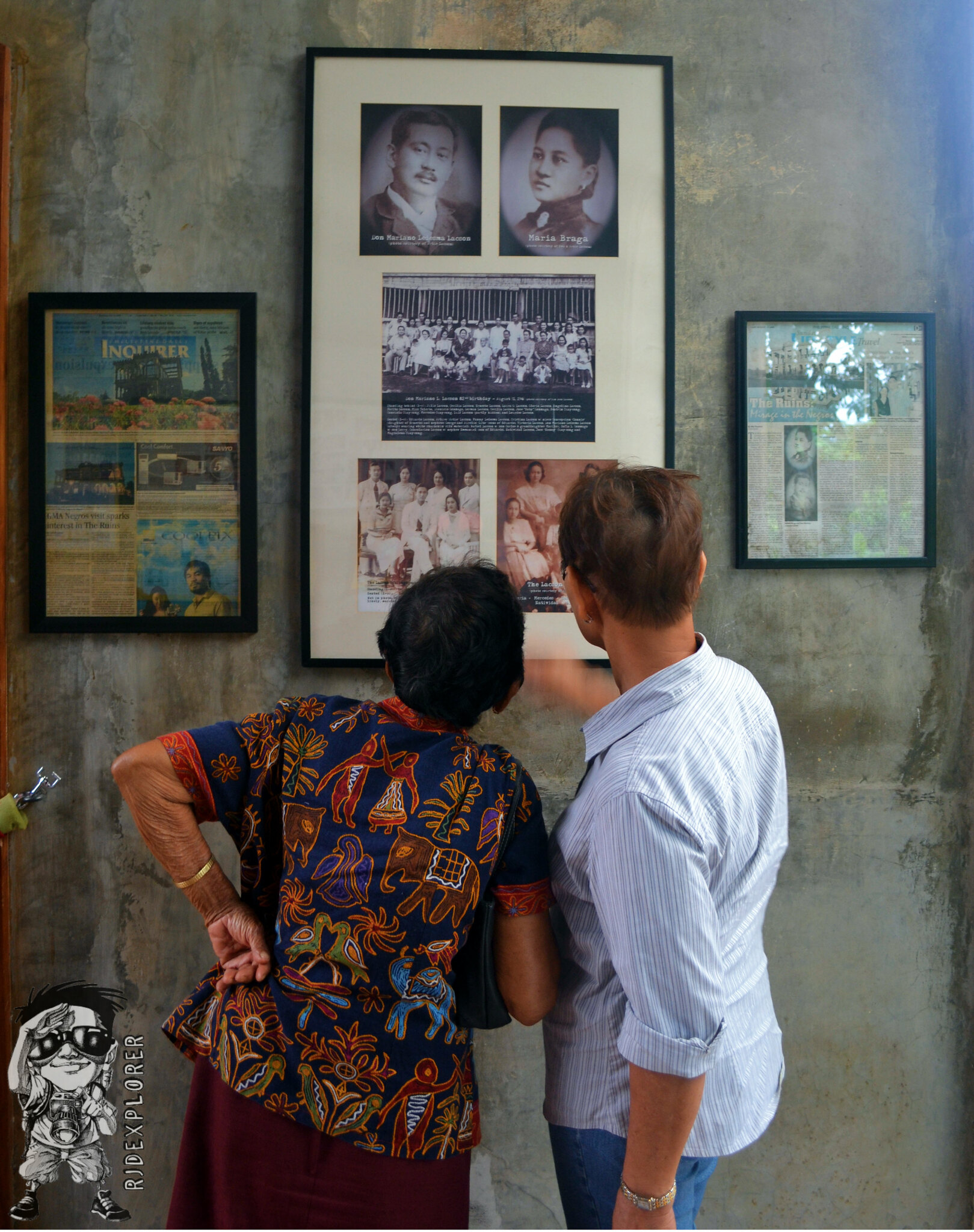
I got there late afternoon after a nap in Go Hotels Bacolod. It is located in Talisay City and just 15 minutes away. Take a jeep going to Bata and tell the driver to drop you off at the road going to The Ruins. Tricycles are available on the road few meters away from Pepsi Bottling Plant and fare is 25 pesos plus a toll fee on the subdivision. You will pass a sugar cane plantation before hitting again a paved road to The Ruins.




